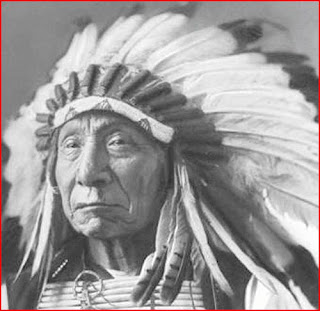Tobacco Plantation
After my exhausting adventure with Celeron, I headed back into my time machine to visit the British. The year was 1747, two years before Celeron left to try to get the Ohio Indians in line with the French.
The French suspected that all the English conspired to make claims on the Ohio Land. They were partly right. The colonists in Pennsylvania were mostly just interested in trade with the Indians. They had no desire to obtain more land. However, the Virginians were a different matter.
To understand Virginia’s economy in 1747, think of gambling in modern Las Vegas. Just as gambling IS the economy in modern Las Vegas, tobacco farming was the economy of Virginia.
The problem with tobacco farming was that it tended to exhaust the soil. And it was difficult to maintain the status quo after the plantation owner would die. For example, if the plantation owner should have 5 sons, would he break the plantation up into five smaller farms as part of the inheritance? And what would happen to those five lots once his grandsons became of age? You can only break a plantation down so far until it is not economically viable.
Obviously, the only solution was growth – meaning more land. So where to go? To the east of Virginia was the Atlantic Ocean. And the ocean is not exactly a great place for a tobacco farm. Who wants wet cigarettes? North and south were other colonies. So that left one direction – West. And west was the Ohio country.
Of course, Indians were in that land. But that was not a huge issue. It was known that Indians would usually be happy to sell their land for some guns, liquor and trinkets. Yes, they may regret the sale later, but that was too bad. All sales are final was the motto.
The French also claimed that area. That was a bit more risky. For pissing off the French in America could start a war between England and France in Europe.
But while the French claimed that land, in reality there were no French men living there permanently - just a few fur traders and missionaries. You can claim anything you want, but it is another matter to defend that claim.
Another interesting fact (unnoticed at the time) was that the British living in Virginia started to think of themselves as more Virginians than British. By 1747 many had been born in America (such as George Washington) and had never visited the mother country. So while they were not anti-British, they started to slowly think of themselves as separate. This foreshadowed what would happen in 30 years. So the fact that moving into the Ohio territory might cause diplomatic problems for London was not a great concern to the Virginians.
So on 1747 The Ohio Company was formed. More on the Ohio Company in the next post.




















